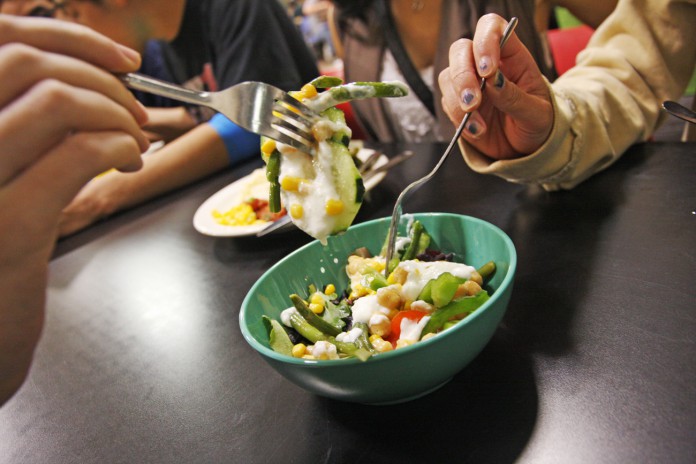Kat Wilcox
Writer
Once heralded “the kissing disease,” mononucleosis is a big concern for the typical Isla Vista college student. In the 2009 academic school year, UC Santa Barbara Student Health Services recorded 119 cases of mononucleosis.
“It’s always one of our common diagnoses,” said Mary Ferris, PhD, Director of Student Health. “It’s an infection that mostly occurs in young adults, [because] it’s a time of life where there’s a lot of close contact.”
In other words, when college students are crowded together and saliva exchange is easy, so is the transmission of mono.
Because mono is a virus, there is no effective antibiotic for it. Often a student may not know that he or she is infected, since the virus’ incubation period—the time it takes for symptoms to surface—is about a month. Once infected, individuals will carry the virus for the rest of their life.
According to the Center for Disease Control (CDC), “Many healthy people can spread the virus intermittently for life and transmission of the virus is almost impossible to prevent.” The CDC estimates that, in the United States alone, 95 percent of adults have been infected.
Mono cases range in severity, with mild cases amounting to a long-lasting cold while more serious cases can cause students to drop out of school. Symptoms can include fever, sore throat, extreme fatigue, and swelling of the liver, spleen, and lymph nodes. Symptoms typically last one to two months.
Eve Rothfarb, a Student Services Representative for the UCSB Office of the Registrar, says that the Registrar frequently processes withdrawals from the university due to mono infection.
“It’s not uncommon,” said Rothfarb. “This is a common age for students to get mono.”
But there are a number of measures students can take to prevent infection, and the university has resources to help infected students.
“Protect yourself with good hand and oral hygiene, get your rest, and avoid excessive partying behavior,” advises Dr. Ferris.
Common steps to avoid the cold or flu apply to preventing mono as well: consuming plenty of Vitamin C, maintaining a proper diet and exercise regimen, and getting a good night’s sleep can go a long way in keeping students well.
While sick with mono, there are a number of measures students can take to stay on top of their schoolwork.
“Work with the professor on a plan for incompletes,” suggests Rothfarb. “A student might be able to handle a lighter load temporarily, or focus on one or two classes.”
Because the illness is temporary, the Disabled Students Program generally can’t assist a student with mono. But if complications from the virus arise, assistance may be granted on a case-by-case basis. The best resource for a student with mono is to get support from Campus Learning Assistance Services (CLAS), which offers free tutoring, workshops and drop-in hours.
Short of good medical and hygiene habits, there’s not much the UCSB student can do to avoid mononucleosis entirely. From kissing to sharing drinks, coughing classmates and drinking games, transmission is almost inevitable. But consensus among university administrators seems to be the same—communication with professors and TAs and taking an active role in fighting symptoms can go a long way in battling this rampant adolescent virus.












Comments are closed.